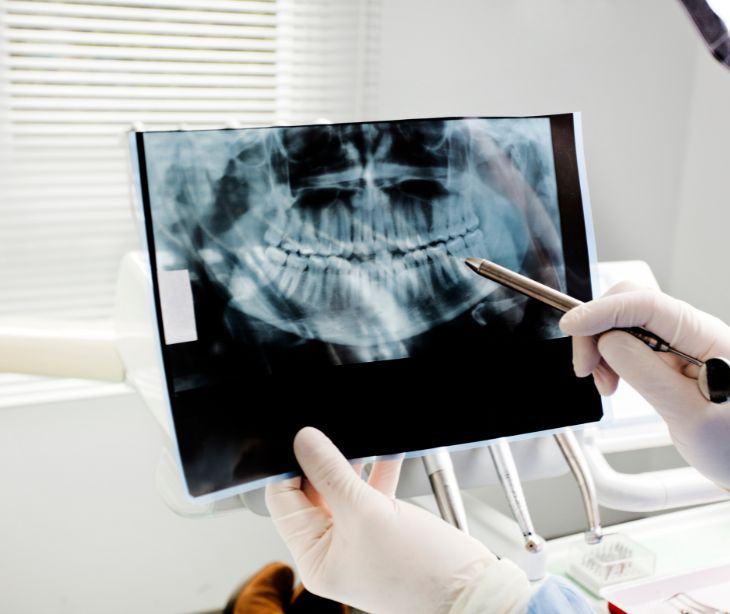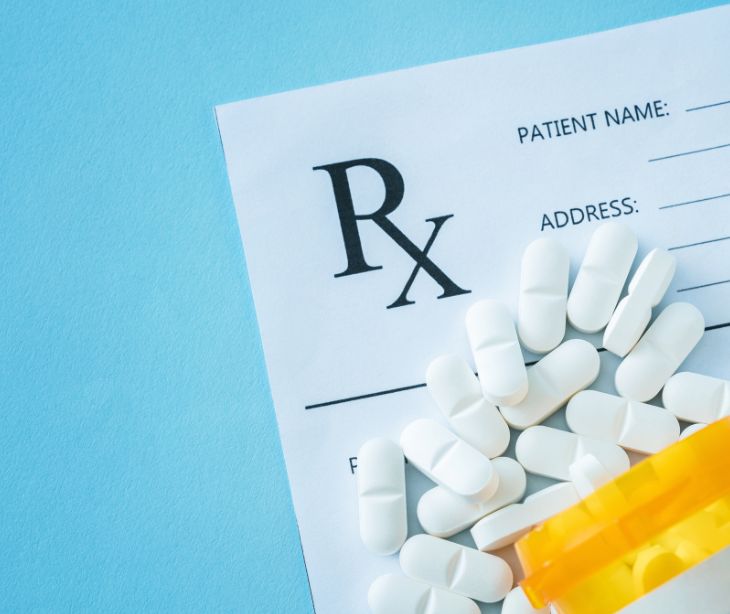
Dentists must ensure the confidentiality and security of patient data by maintaining HIPAA compliance. There are common PHI pitfalls that can put HIPAA compliance at risk which dentists should be aware of. These are all avoidable when dental practices implement the best techniques to maintain patient privacy effectively.
Related: What is protected health information (PHI)?
1. X-ray storage and security
Dental practices often deal with X-rays, both physical and digital. While physical X-rays can be misplaced or damaged, digital X-ray files can be vulnerable to unauthorized access if not adequately secured.
Dentists must implement secure storage methods for physical X-rays, such as locked cabinets or restricted access areas. For digital X-rays, encryption can protect patient data during storage and transmission. Encryption algorithms like advanced encryption standards (AES) can ensure that only authorized individuals with encryption keys can access the X-ray files, reducing the risk of data breaches.
2. Appointment reminders and communication
Appointment reminders are essential to a dental practice, ensuring patients stay informed and show up to appointments. However, unsecured communication channels like regular email or text messages can expose patient information to potential breaches. Dentists should use HIPAA compliant email that provides a secure environment for sending appointment reminders, treatment updates, and other relevant information while maintaining patient confidentiality.
3. Dental laboratory communication
Sharing patient information with dental labs requires caution to protect patient privacy. Dentists should obtain written consent before sharing patient data, including X-rays, treatment plans, or contact details. Additionally, dentists should ensure dental labs have appropriate security measures to protect patient information. Establish secure communication channels, such as encrypted email or secure file transfer protocols, to minimize the risk of unauthorized access or disclosure.
4. Patient privacy in the office
Using traditional sign-in sheets in waiting areas that display patient names can unintentionally reveal sensitive information. Dentists should consider alternative methods, such as electronic check-in systems or assigning unique identifiers, to protect patient identities from being inadvertently disclosed. These measures enhance patient privacy and confidentiality while minimizing the risk of identity breaches.
5. Social media usage and patient testimonials
Sharing patient information, photos, or testimonials without proper consent can compromise patient privacy. Dentists should obtain explicit patient consent before sharing identifiable information on social media. Dentists should also be aware of privacy settings on social media platforms and ensure that only authorized individuals have access to patient-related content.
Related:
6. Data security for devices and technology
Laptops, tablets, and smartphones are commonly used in dental practices to access and store patient information. These devices can be vulnerable to theft or unauthorized access if improperly secured. Dentists must implement strong access controls, such as unique user accounts, strong passwords, and biometric authentication where available. Apply encryption to device storage to protect patient data in case of loss or theft. Regularly updating devices with the latest security patches and using remote wipe or tracking features can also enhance data security.
7. Fax machine security
Traditional fax machines are still used in some dental practices and can pose security risks if not adequately protected. Unsecured fax transmission can expose patient data to interception. Instead of faxing documents, secure email is a HIPAA compliant alternative that's easier for patients and staff.
8. Electronic health record (EHR) management
Electronic health records (EHRs) contain comprehensive patient information, which must be appropriately managed to protect patient privacy. Dentists must establish robust user access controls within their EHR systems. This includes:
- Granting appropriate user privileges based on job roles
- Ensuring strong password policies
- Implementing multi-factor authentication.
Regular monitoring and auditing of user access logs can help identify and address potential unauthorized access or breaches.
9. Third-party service providers
Engaging third-party vendors or service providers can introduce risks to patient privacy if proper precautions are not taken. Dentists must perform due diligence before partnering with third-party vendors to ensure that they have appropriate security measures in place. Additionally, dentists should establish business associate agreements (BAAs) with these vendors to ensure compliance with HIPAA regulations and safeguard patient information. Regular monitoring and audits should be conducted to verify that the vendors meet the agreed-upon security standards.
Being aware of common PHI pitfalls and implementing appropriate safeguards allows dental practices to ensure patient information's confidentiality, integrity, and availability.
Subscribe to Paubox Weekly
Every Friday we'll bring you the most important news from Paubox. Our aim is to make you smarter, faster.




